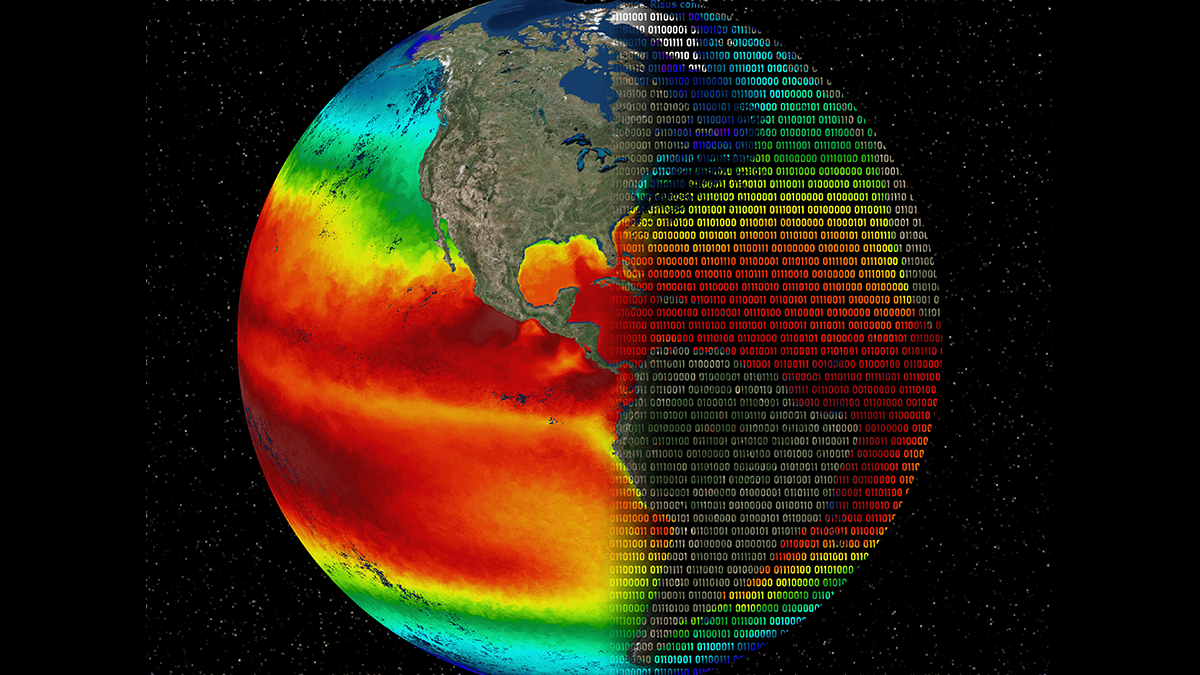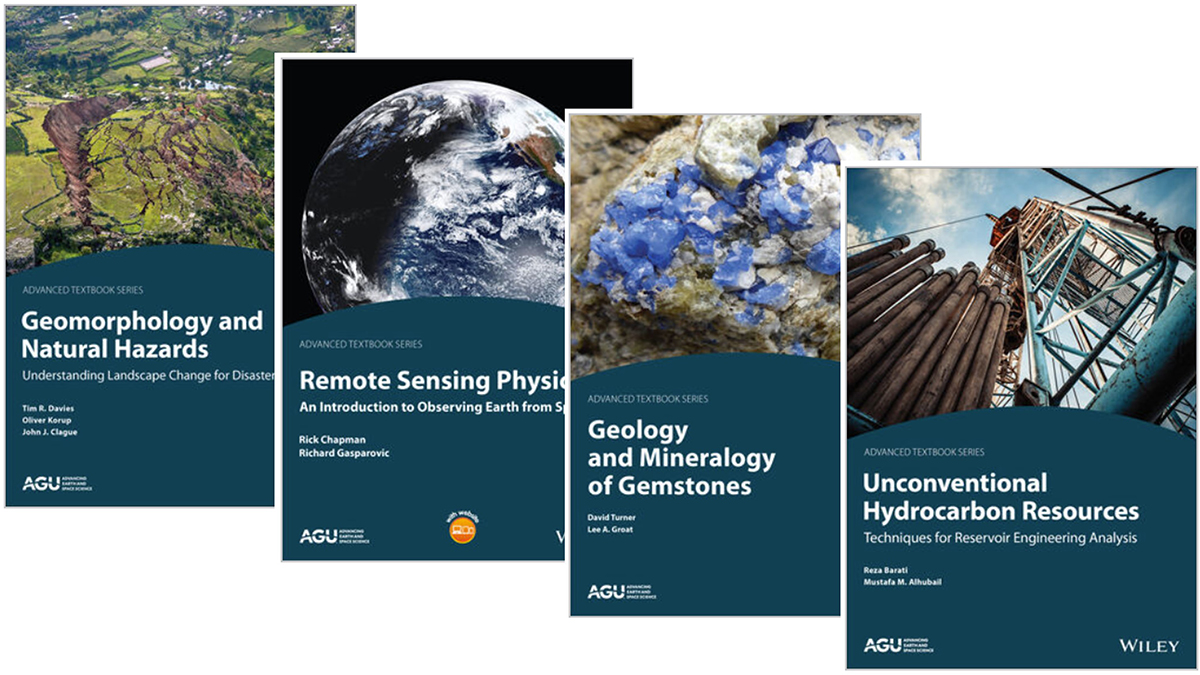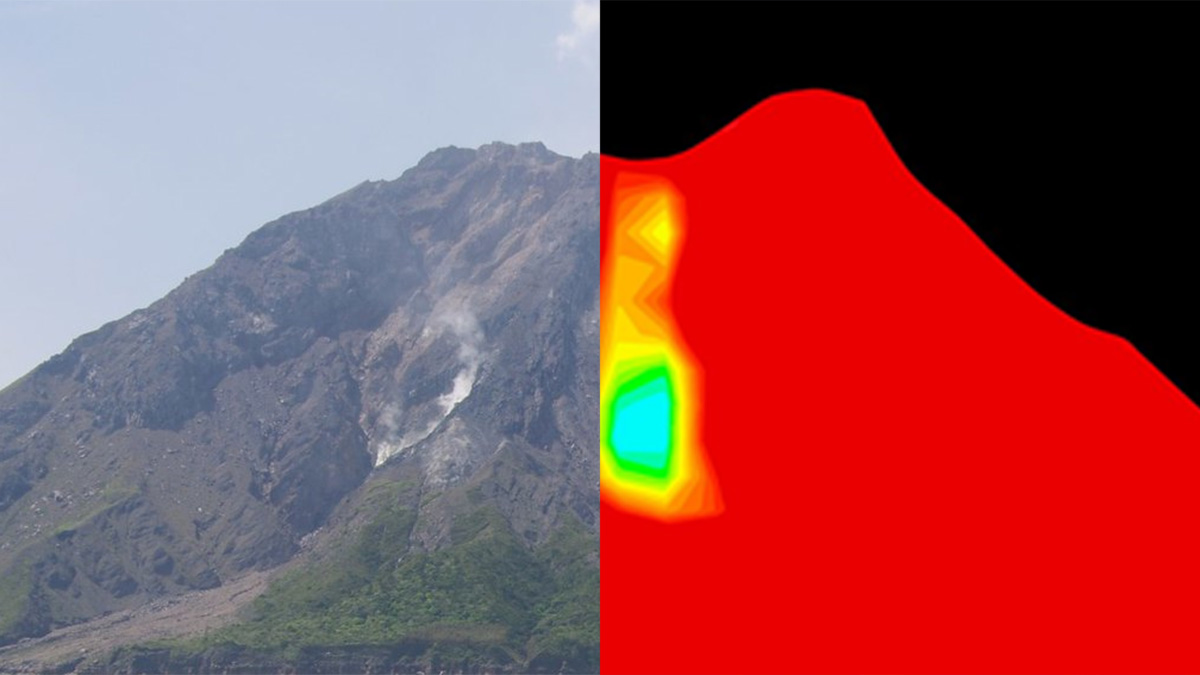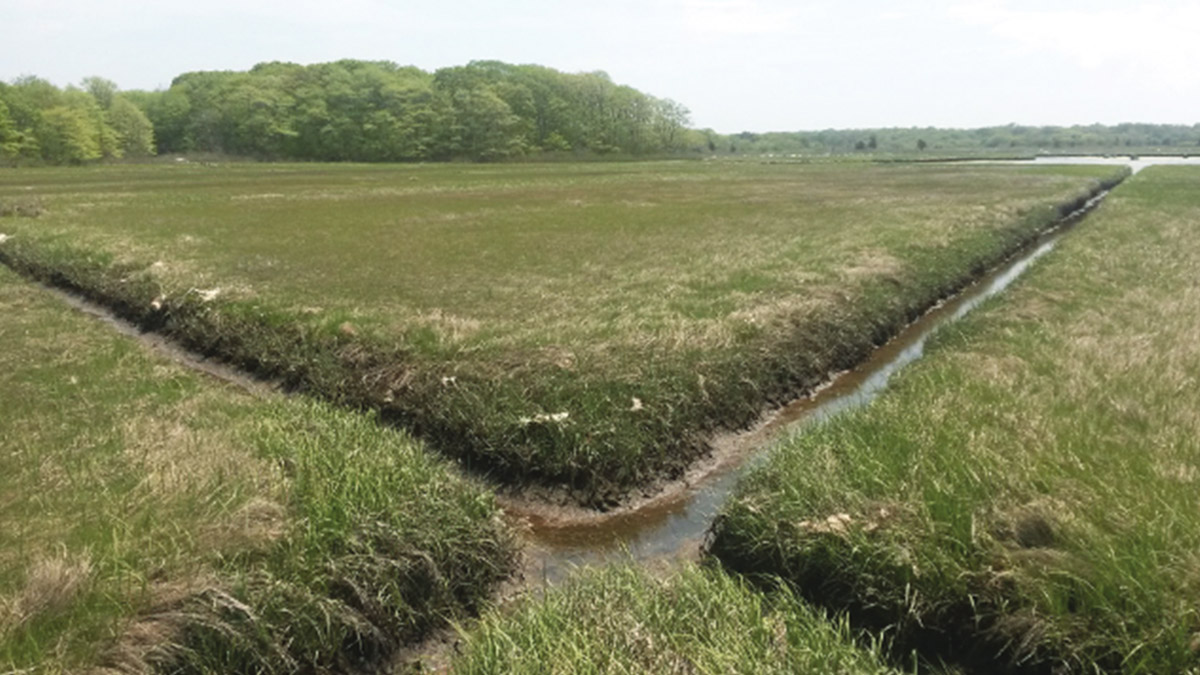Big Earth data are accumulating at a rapid rate with challenges for understanding and using the data, but new tools and applications are enabling analysis and enhancing usability by policy makers.
AGU Books
AGU Books Expands into Advanced Textbooks
Find out more about the AGU Advanced Textbook Series that enables upper undergraduate- and graduate-level students to engage with primary literature and develop skills of critical analysis.
Monitoring the Health of Our Planet using Earth Observations
A new book explores how Earth science knowledge addresses critical global challenges including sustainable development, disaster risk reduction, and climate change.
High-Definition Imaging of the Subsurface with Cosmic Ray Muons
A new book describes muography, an imaging technique that can be used to visualize the internal density composition of geological structures.
Using Sound and Vibration Signals to Understand the Subsurface
A new book explores Distributed Acoustic Sensing, a technology with a range of applications across geophysics and related fields.
Managing Wetlands to Improve Carbon Sequestration
A new book examines research on wetlands from around the world to illustrate how environmental management can improve carbon sequestration while improving the health and function of wetlands.
Tools for Improved Drought and Flood Response
A new book presents recent advances in the modeling and remote sensing of droughts and floods of use to emergency response organizations and policy makers on a global scale.
Processes in Earth’s Mantle and Surface Connections
A new AGU book presents a multidisciplinary perspective on the dynamic processes occurring in Earth’s mantle.
Why Contribute to a Scientific Book?
Editing a book can be a rewarding professional experience, but there are misconceptions about scientific books in terms of their quality, value, and discoverability.
Book Publishing in the Space Sciences
An analysis of books in the space science disciplines: AGU’s portfolio, how we compare with other publishers, and how we could grow.










